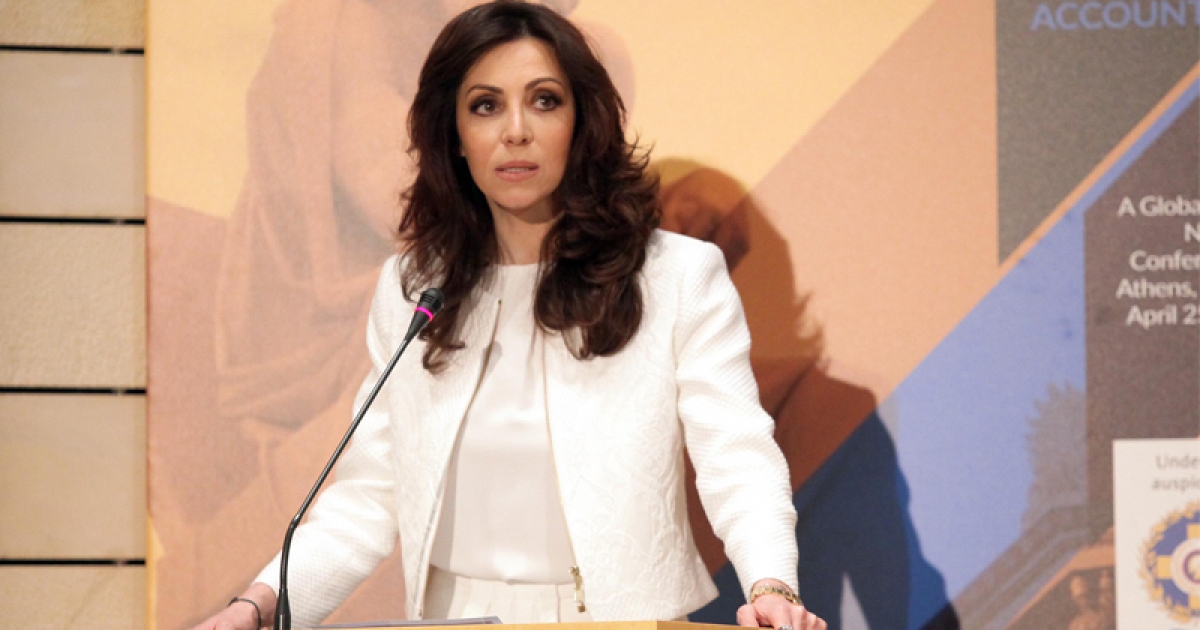“An Old Wound in a New Era”
The gap in the key economic pillar is at 59%, which is its widest level since 2008, details the Global Gender Gap report. Projections from the same report in 2015 suggested that the economic gap could be closed within 118 years, so by 2133. But waning progress has added more than half a century – 52 years – to a timetable that should have been fixed centuries ago.
The percentage of women in parliament globally has nearly doubled in the last two decades. But – and this is a significant ‘but’ – this still only translates into parliaments comprising 22% of women today, according to the UN Women’s data. How can a global agenda that mirrors the lives and aspirations of male and females be achieved when 50% of that equation have weaker political voices? Just ten women are serving as the Head of State and nine are serving as the Head of Government as of January this year, including the UK, Germany, Bangladesh and Chile.
Surely this is the tip of the iceberg considering there are 196 countries worldwide? Rwanda has had the highest number of women parliamentarians worldwide, with women wining 63.8% of seats in the lower house. What lessons can be learnt from how Rwanda has navigated its social and economic hurdles to create the world’s strongest ecosystem for funnelling women into politics? And what reason do wealthier countries have for falling short of the mark?
The UK’s Prime Minister Theresa May has been publicly quizzed on the validity of some of her policies for she does not have children. How likely it is that this question would be levelled at a male Prime Minister? Our collective need to evolve was encapsulated by Sheryl Sandberg, Facebook Chief Operating Officer: "In the future, there will be no female leaders. There will just be leaders." The world is still a long way away from that dream. Of the 781 million adults over the age of 15 estimated to be illiterate, 64% were female, according to the World’s Women 2015 report.
"The black holes of inequality must be addressed along the entire chain."
Adding another $12 trillion to global GDP would be beneficial, right? This is more than possible if every country matched the progress towards gender parity of its fastest-improving neighbour, according to the McKinsey Global Institute’s 2015 report. A scenario in which women participate in the economy identically to men would add up to $28 trillion – 26% – of annual global GDP by 2025. Astonishingly, this untapped value is equivalent to the size of the world’s two largest economies, the US and China, respectively.
Underemployment and unemployment combined are the top risks to the global business environment in 2017. And still swathes of highly educated and talented women are not being facilitated and utilized in the working world due to archaic cultural norms that supress professional aspirations and unsupportive working environments, such as inflexible hours and child care provisions.
"Gender equality is more than a goal in itself. It is a precondition for meeting the challenge of reducing poverty, promoting sustainable development and building good governance,” said Kofi Annan, former UN chief and Nobel Peace Prize Winner.
Digital fluency as part of the Fourth Industrial Revolution is one easy-to-access key to unlocking a treasure trove of female talent and professionals. Mothers with childcare restraints do not need to be alienated from the flow of the workplace conversation for they can join in via digital tools and social media. The volume of household work could be automated further, thus giving women – and men – juggling careers and families more time to explore their work opportunities. Women aspiring to careers in the energy sector, for example, need not be deterred by three-week stints on offshore oil rigs, for they can do the same work from an office located near their homes or at home during unsocial hours. Companies can shift to results-driven environments rather than today’s presence and labour-driven job descriptions.
But women are not automatic winners of this major change – success must still be fought for. As it stands, the female workforce could be hardest hit by the disruptive digital changes to business models, especially office and administrative duties. Men will gain one job for every three jobs lost, while women will gain one job for every five lost, estimates the WEF.
Women must embrace science, technology, engineering and mathematics (STEM) education and careers to help offset this balance, for these are the skillsets that will be in continuous demand in the future. Only 24% of people working in information and communication technology (ICT) around the world are women and in the field of computing and mathematics, women only represent 23% of employees. In terms of STEM subjects in Cambodia, for example, 94% of doctoral students and 79% of researchers in this field are men.
The black holes of inequality must be addressed along the entire chain. This encompasses parent-led campaigns to halt gender-based marketing and encouraging girls to study ‘male-dominated’ subjects at school and university. It extends to exploring innovative child-care options so that women do not feel forced to choose a path at a crossroads of their families and careers. What role can you play in making 50:50 a reality sooner than 2186?
Published: 29/05/2017



